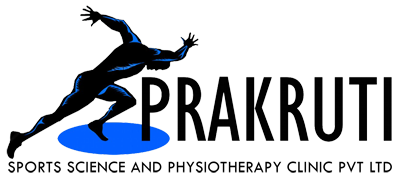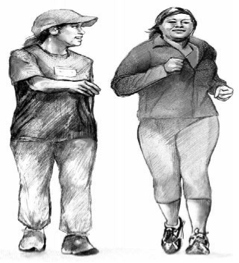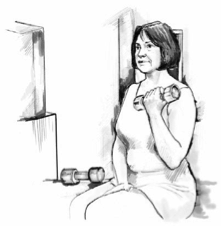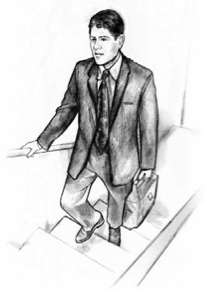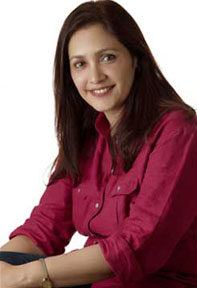Our body is made up of numerous cells and they are working round the clock throughout life. Food is their fuel, and the way our body handles the food that we eat is the determinant of how our cells work. When the energy delivery mechanism fails cellular function is affected, and things begin to go wrong. Diabetes is thus at the center of several illnesses.
But our body has a tremendous capacity to heal itself, and our job is only to keep it in an environment where it can do so. Please do read an article written by Dr. Devendra Raut for World Diabetes Day.
- Dr. Harshada Rajadhyaksha
Diabetes in India:
According to Diabetes Atlas 4th edition published by the International Diabetes Federation, the number of people with diabetes in India around 50.8 million in 2010 is expected to rise to 69.9 million by 2025 unless urgent preventive steps are taken.
Origin of Diabetes Mellitus:
Diabetes has been known since the first century B.C.E., when a Greek physician, Aretus the Cappadocian, named it diabainein, meaning “a siphon,” referring to excessive urination. The word diabetes was first recorded in 1425, and in 1675, the Greek mellitus, “like honey,” was added, to reflect the sweet smell and taste of patient’s urine.
Diabetes Mellitus:
Diabetes mellitus is a group of metabolic diseases in which a person has high blood sugar, either because the body does not produce enough insulin, or cells do not respond to insulin that is produced.
Types of Diabetes Mellitus:
- Type 1 diabetes (Absolute insulin deficiency).
- Immune-mediated diabetes: Accounts for only 5–10% of those with diabetes, also known as insulin dependent diabetes or juvenile-onset diabetes, results from a cellular-mediated autoimmune destruction of the B-cells of the pancreas.
- Idiopathic diabetes: No known aetiologies. This form of diabetes is strongly inherited, lacks immunological evidence for B-cell autoimmunity and is not HLA associated.
- Type 2 diabetes (ranging from insulin resistance with relative insulin deficiency to an insulin secretory defect with insulin deficiency): Accounts for 90–95% of those with diabetes, also known as non–insulin-dependent diabetes or adult onset diabetes, encompasses individuals who have insulin resistance / insulin deficiency.
- Gestational Diabetes Mellitus: Occurs when women without previous history of diabetes develop high blood glucose level during her pregnancy.
Symptoms of DM:
High blood sugar patients show classical symptoms of polyuria (frequent urination), polydipsia (increased thirst), polyphagia (increased hunger), at times weight loss and blurred vision.
Diagnosis of DM:
(Prediabetes level)
- Fasting Plasma Glucose (100 – 126 mg/dl)
- 2 h Oral Glucose Tolerance test (140 – 199 mg/dl)
- HbA1C range of 5.7–6.4% (HgA1C reflects time averaged blood glucose during the previous 2 and 3 months).
Note: Levels exceeding the upper limit is considered as diabetic
Complications:
Retinopathy (potential loss of vision)
Neuropathy (risk of foot ulcers and amputations)
Nephropathy (leading to renal failure)
Cardiovascular complications
Ulceration
Micro-vascular complications and macro-vascular disease like coronary artery, cerebro-vascular and peripheral vascular diseases
Lifestyle, Genetics, and Medical Conditions:
Type 2 DM is primarily due to lifestyle factors and genetics. A number of lifestyle factors like physical inactivity, sedentary lifestyle, cigarette smoking and generous consumption of alcohol contribute to development of type 2 DM. Obesity has been found in approximately 55% of type 2 DM patients.
Management:
Insulin replacement therapy is mainstay for type 1 DM patients; while diet and lifestyle modifications are considered the cornerstone for management of type 2 DM. Oral hypoglycaemic agents are also useful for type 2 DM patients. Eating high fibre and unsaturated fat and diet low in saturated and trans-fats and glycemic index, regular exercise, abstinence from smoking and moderate consumption of alcohol should be implemented as part of lifestyle modification.
Exercise:
- Aerobi exercise (walking briskly, swimming, dancing, riding bicycle or playing sport)
- Strength training to build muscle (do strength training with hand weights, elastic bands or weight machines 2-3 times/week)
- Stretching exercises or yoga (Stretching increase flexibility, lower your stress and help prevent sore muscles)
- Extra activity to daily routine (Gardening, walk when you talk)
Talk to healthcare professional before you start planning your exercise routine
Herbal treatment of diabetes:
In last few decades eco-friendly, bio-friendly, cost effective and relatively safe, plant-based medicines have been the main stream. World Health Organisation (WHO) has listed 21,000 plants, among these 2500 species are in India, out of which 150 species are used commercially on fairly large scale for medicinal purposes around the world. India is the largest producer of medicinal herbs and is called the botanical garden of the world.
A list of medicinal plants with proven anti-diabetic and related beneficial effects and of herbal drugs used in treatment of diabetes like Banaba leaves, Indian Gooseberry (amla), Cinnamon, Okra, Curry leaves etc.
Diet:
Eat more of:
- Healthy fats from raw nuts, olive oil, fish oils, flax seeds or avocados
- Fruits and vegetables – ideally fresh, the more colourful the better; whole fruit rather than juices
- High-fiber cereals and breads
- Fish and shellfish, free-range chicken or turkey
- High-quality protein such as cheese, unsweetened yogurt etc.
Eat less of:
- Trans fats from deep-fried foods
- Packaged and fast foods, especially those high in sugar, baked goods, sweets, chips, desserts
- White bread, sugary cereals, refined pastas
- Processed meat and red meat from animals fed with antibiotics and growth hormones
- Low-fat products that have replaced fat with added sugar i.e. fat-free yogurt
- Dr. Devendra Raut




